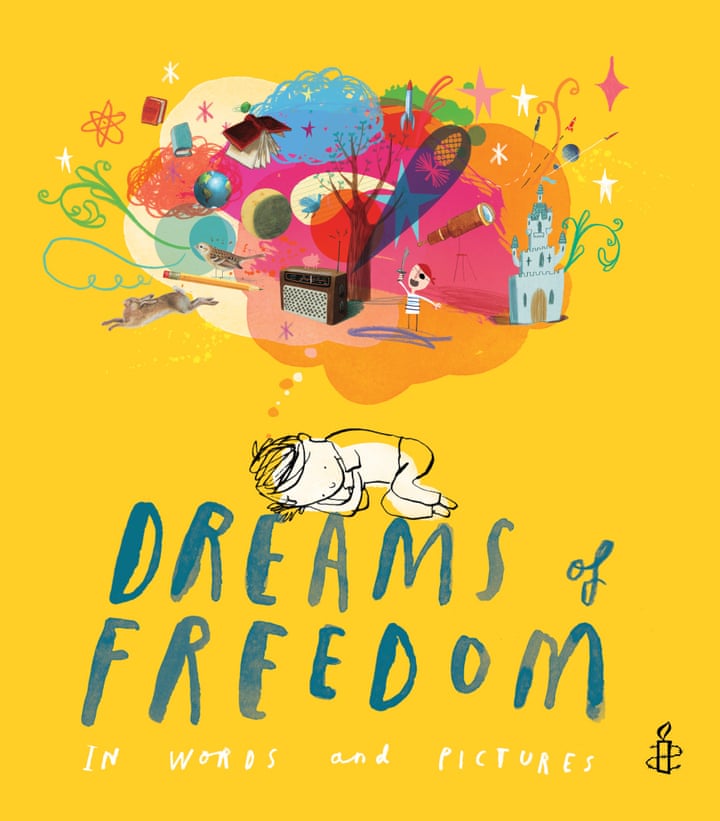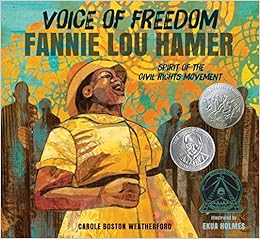 |
| https://www.pinterest.com/explore/the-spanish-american-war/ |
And then enters Theodore Roosevelt. Roosevelt's resume was quite diverse. He grew up in NY, went to Harvard, ranched in the Dakota Badlands, worked as a frontier sherriff, served as the US Civil Service Commissioner, NYC Police Commissioner, and Assistant Secretary of the Navy before becoming a volunteer soldier at the age of 40.
From there, the actual battles of the Spanish-American War involving the Rough Riders and Buffalo Soldiers play out across the pages. A point of note that stuck out to me was of the Spanish troops' use of smokeless gunpowder to be able to disguise their position when attacking.
Likewise, the recovery period to quarantine soldiers to screen out illness like Yellow Fever and Malaria at Camp Wikoff on Long Island seemed smart. Though Roosevelt had neither, he stayed with his regiment. The success of the Spanish-American War won Cuba its independence, and as part of the treaty, the United States also acquired Guam and Puerto Rico along with the option to purchase the Phillipines. Bring on the sugar!
Capstone Kids
Fact Hound Sites
Theodore Roosevelt: Life Before the Presidency
The World of 1898: The Spanish-American War
The Maine Explodes
Roosevelt's Rough Riders: Fearless Cavalry of the Spanish-American War
Author: Brynn Baker
ISBN: 978-1-4914-4840-3
Published: 2016 by Capstone Press


















